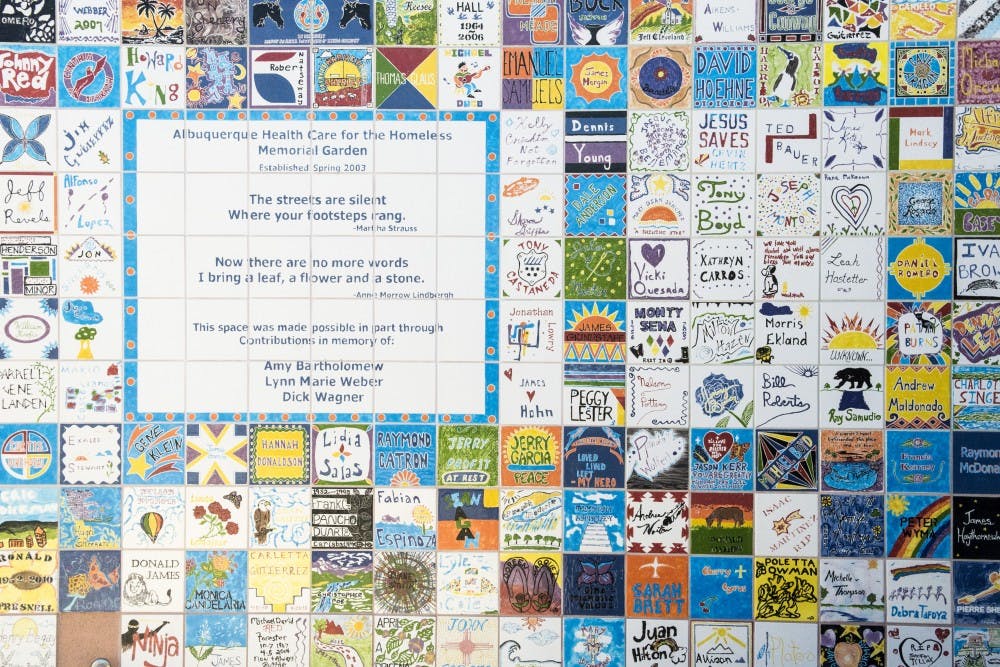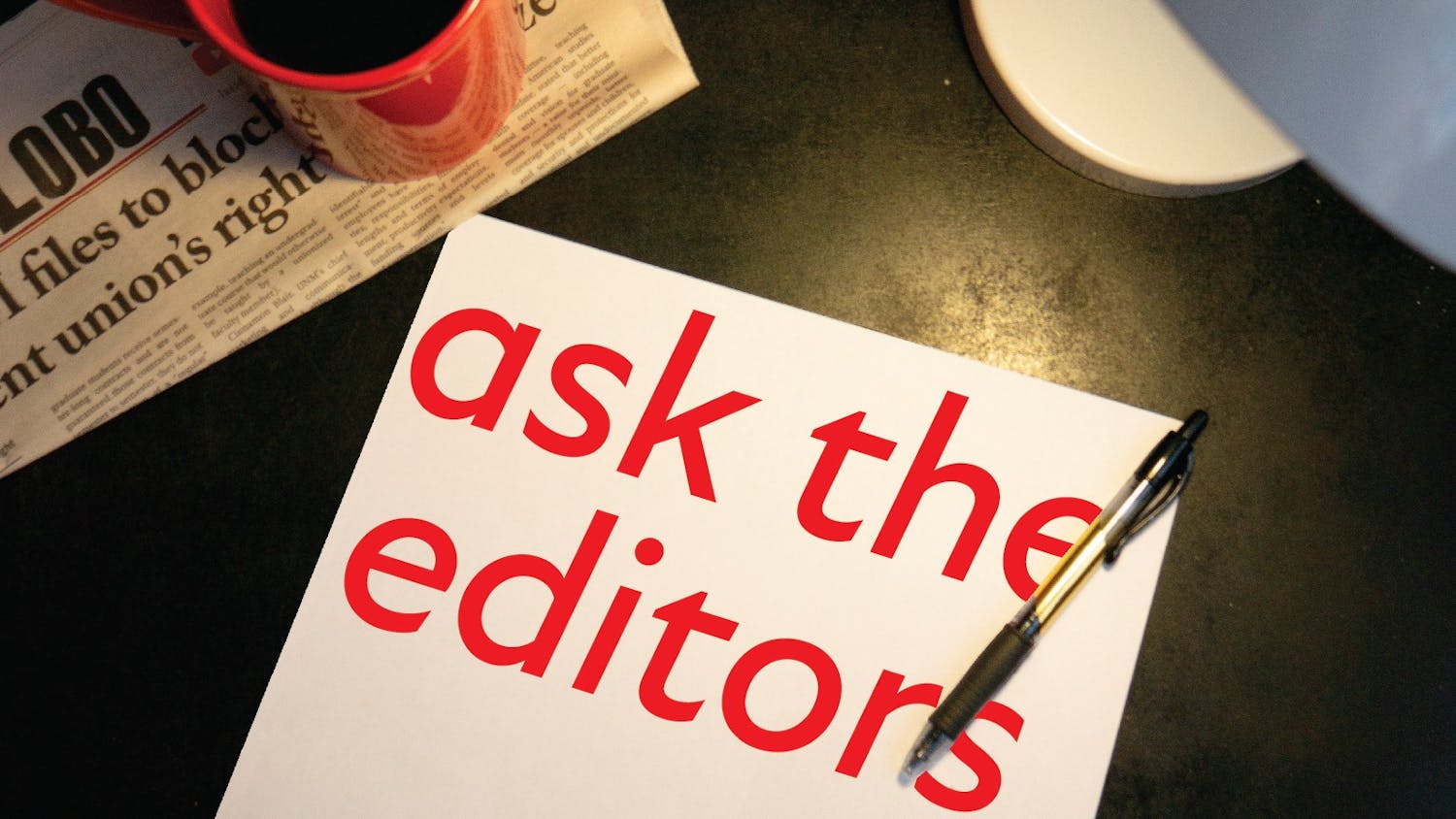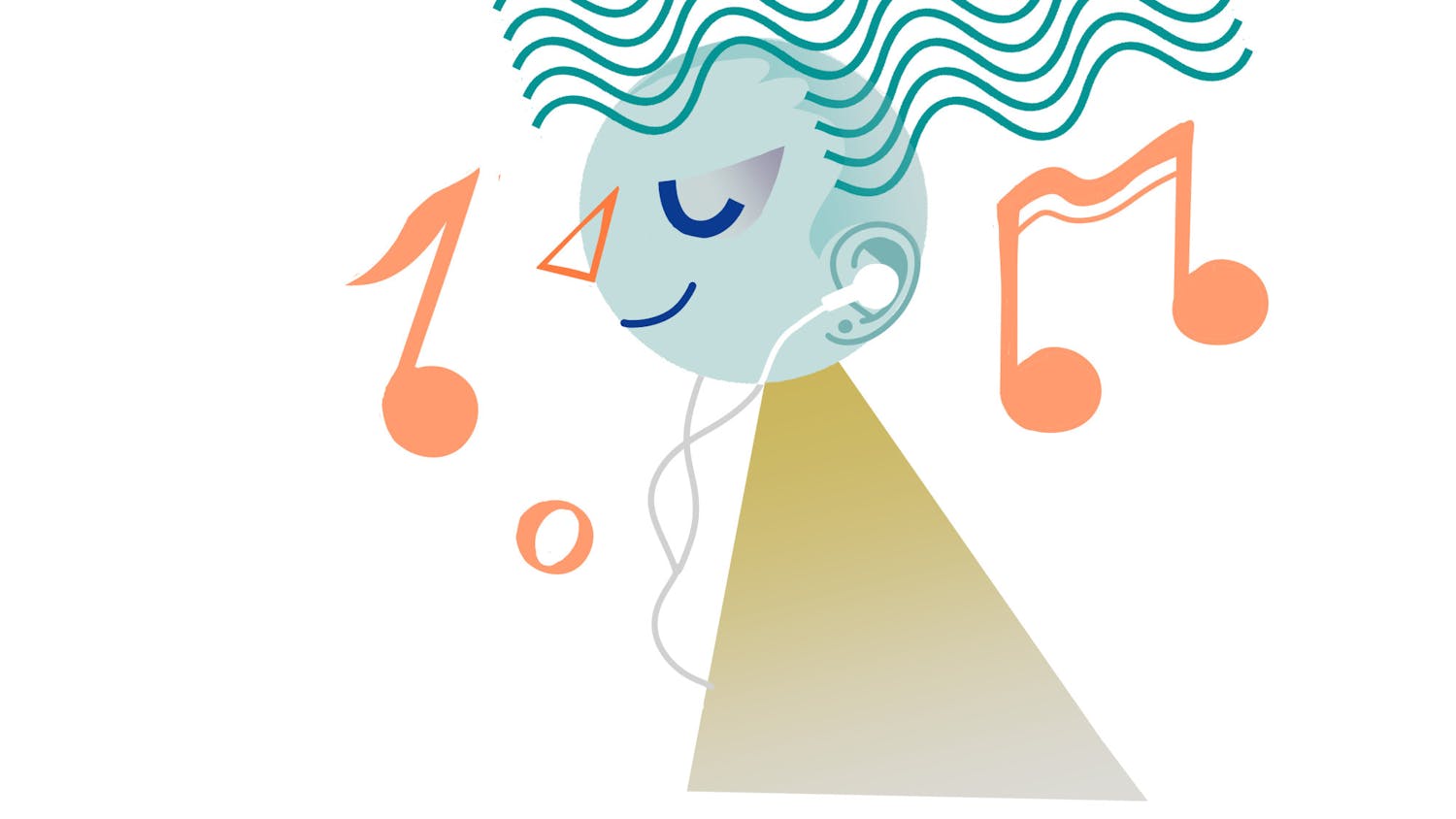Health Care for the Homeless, in collaboration with other organizations, is working to end homelessness in the UNM area and throughout Albuquerque.
Serving at least 7,000 people since its doors opened, the organization provides integrated and comprehensive care to those experiencing homelessness, transcending the definition of simple health care, said Anita Cordova, director of development, planning and evaluation.
Cordova said HCH tries to address the health-related concerns of homelessness while working to eradicate homelessness altogether.
The organization offers dental help, major medical concerns, behavioral health and social services among others, she said. Aside from physical health issues, behavioral health is paramount and largely compromised by the very status of being homeless, she said.
“The stresses, unstable place to sleep, lacking regular food or food choices; are out of your control for the most part,” she said. “Living on the streets, your stuff is at risk, your personal safety is at risk; you are very vulnerable. So the acute depression and anxiety is spiked through the roof.”
HCH provides integrated behavioral health and primary care services, a program they have been working on and growing for the last 15 years, she said.
The organization currently has four behavioral health providers who work on individual and group counseling sessions, she said.
They also set up systems that make it possible to maintain and sustain medication as needed, including a free pharmacy.
In addition, HCH believes therapy can come from other outlets besides pharmacology, such as art. ArtStreet, an open art studio implemented by HCH, is available Thursdays and Fridays every week, she said.
The studio is staffed by artists and art therapists with all materials provided free of charge; it is open to everybody, a solution to bridge the gap between housed people and the homeless.
According to HCH’s Statistics Summary, the operating definition of homelessness includes persons who spent the previous night; in an emergency shelter, on the streets or in sites not intended for human habitation, in a motel or “doubled up,” meaning temporarily in homes of friends or family members.
Get content from The Daily Lobo delivered to your inbox
Housing status at HCH intake shows 30 percent of the homeless are relegated to the streets while another 30 percent are housed in shelters. The remaining 40 percent are either “doubled up,” institutionalized, sleeping in vehicles or in transitional housing.
Cordova said HCH works with about 90 scattered sights around Albuquerque to get people housed along with case management to help them maintain housing. The organization has a high success rate of keeping around 80 percent of the population housed for six months or more, she said.
They work with St. Martin’s and The Supportive Housing Coalition of New Mexico among others to make that possible, but more needs to be done in the way of sheltering those people in need, she said.
“We know you house someone and they automatically get better whether you’re talking physical or behavioral health or substance use. Housing makes you feel better and keep you safe from the elements so that you can recover. So without housing we see people more often and they come back and that’s what we try to do, is to connect them to housing.” she said, “Because that’s what we know will ultimately help them achieve recovery.”
Another program HCH runs in its memorial, built to remember those who died as a result of homelessness, she said. The wall sits on the west side HCH’s building, dedicated to those who have passed and in response to the fact that many do not receive the proper burial they deserve, she said. The wall is adorned with decorated tiles, all made by different individuals, each one dedicated to a homeless person who was taken from this world too soon.
Dr. Cynthia Arndell, a professor at UNM School of Internal Medicine, worked at HCH as co-medical director for 18 months before taking the job at UNM.
Ardnell has taken it upon herself to teach students what she learned from HCH: a passion to help those who are disadvantaged and in need, she said.
“For many years, I have developed and implemented curriculum for health professions students addressing the needs of this population.” she said, “Students consistently describe the experience of working with the homeless as transforming for them. Homeless sheltered individuals express deep gratitude and satisfaction in the attention and care they receive from our students.”
Helping the homeless get the medical assistance they need is only an alleviation to a much larger issue; the question of how to end homelessness altogether. While there is no easy solution to eradicate homelessness, Cordova has a few ideas on how to move in the right direction, she said.
“If we have a living wage and affordable housing, the two have to go together, and we had free and easy access to health care to address any personal vulnerabilities, we all have, housed or not. That is what will end homelessness and that’s what we spend our time advocating for and working towards,” Cordova said.
To help alleviate some of the issues homeless people face, a new building will open in October 2015 across from HCH, she said. The renovation will free up much-needed space in the current HCH building, so the clinics can expand and the pharmacy can be moved for easier access, she said.
Other developments are being made at the state level to further assist the homeless as well, such as Medicaid expansion that occurred last year, Cordova said. HCH anticipates that 80 percent of the homeless population will be eligible and enrolled within the next two years, she said.
Such a change will help people like Martha Garcia, a local woman involved in the homeless community, trying to make it by without a residence or proper healthcare. A cancer survivor, Martha hoped that changes will continue to make health care more accessible to her and those around her, she said.
“The homeless need to be cared for too, we don’t know why they’re down and out,” she said. “We can only give solutions, we need to help them because they’re human beings with problems, they need to be cared for without prejudice, judgment, discrimination and maybe we can work on ways to fix the problem.”
Until then, HCH and Cordova will continue to provide healthcare to those who need it, but cannot afford it, she said.
“We believe it’s neither useful nor helpful to collect any money from people experiencing homelessness. They need their resources, every last penny of it, to get housed and get off the streets, maybe eat, get a hotel room, whatever they’re using it for.” she said.
Around since 1985, Albuquerque Health Care for the Homeless will be celebrating 30 years of service in 2015, being one of the original 19 out of the current 235 organizations spread out across the United States.
Matthew Reisen is a freelance writer for the Daily Lobo. He can be reached at news@dailylobo.com or on Twitter @DailyLobo.






